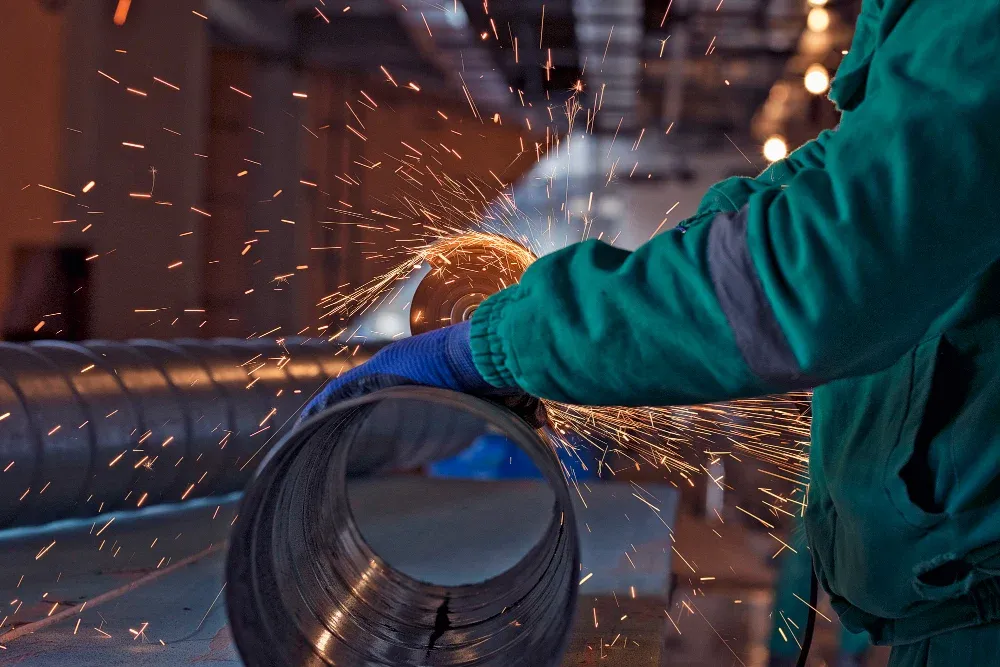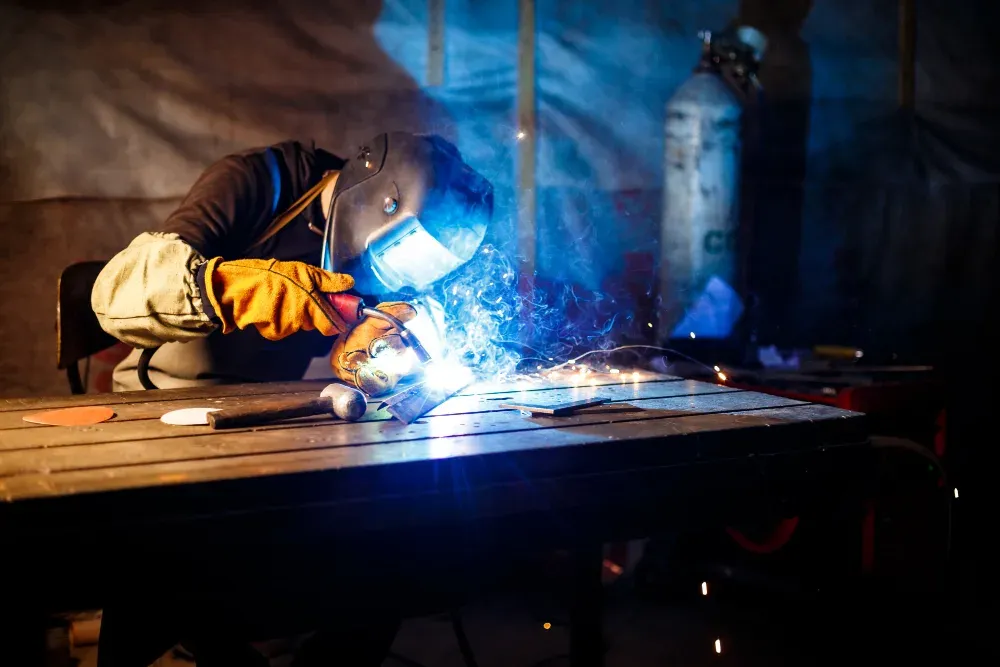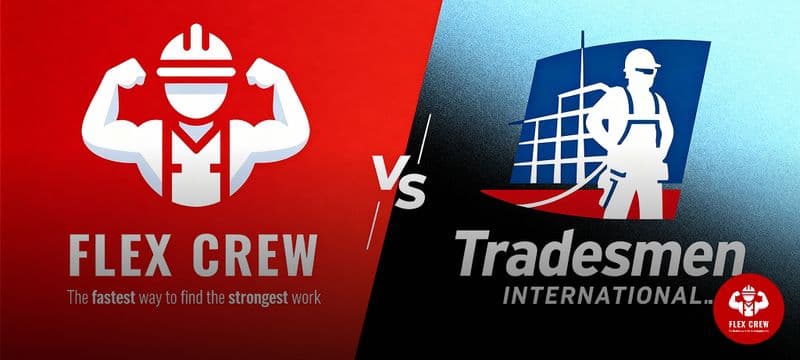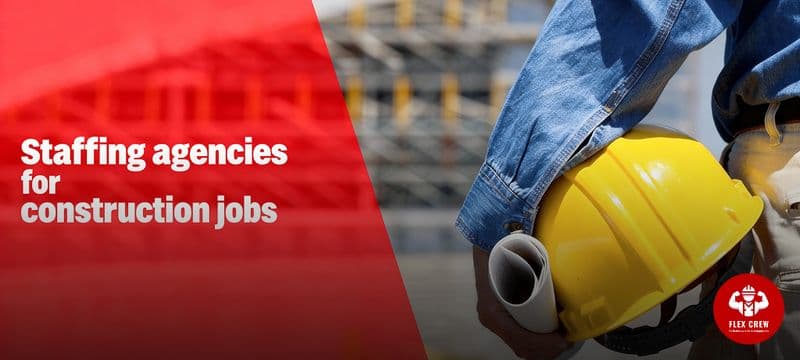Steel Works: Complete Guide to America's Essential Construction Industry
Bottom Line Up Front: Steel works forms the backbone of American infrastructure, processing over 80 million tons of steel annually and directly employing more than 140,000 workers nationwide. This essential industry drives construction, manufacturing, and infrastructure development across the country.
When you see towering skyscrapers or drive across massive bridges, you're witnessing the results of steel works – one of America's most critical industries. But what exactly does steel works involve, and why is it so fundamental to our modern world?
This comprehensive guide explores steel works fundamentals, industry data, and processes that literally hold up modern civilization.

What is Steel Works?
Steel works refers to the comprehensive industrial processes involved in producing, fabricating, and installing steel products for construction, manufacturing, and infrastructure projects. This encompasses everything from raw steel production in mills to final installation of structural components in buildings and bridges.
Core Components of Steel Works
Steel Production begins in massive mills where raw materials like iron ore and coal are transformed into various steel grades through intense heat and chemical processes operating continuously.
Steel Fabrication involves cutting, shaping, welding, and preparing steel components according to precise specifications using advanced machinery and skilled craftspeople.
Steel Installation brings fabricated components to construction sites where workers assemble them into complete structures requiring precision, safety expertise, and coordination.
Steel Maintenance ensures existing structures remain safe and functional through regular inspections, repairs, and upgrades throughout their service life.
Steel Works Industry Overview
Industry Statistics by the Numbers
Metric | Value | Context |
|---|---|---|
Annual Steel Production | 80+ million tons | Primary steel production capacity |
Direct Employment | 140,000+ workers | Jobs in steel production and fabrication |
Industry Revenue | $85+ billion | Annual revenue from steel works sector |
Construction Steel Usage | 65% of total | Percentage used in construction industry |
Average Project Duration | 6-18 months | Typical timeframe for major steel projects |
Recycled Content | 93% average | Environmental sustainability metric |
Types of Steel Works Projects
Commercial Construction
Office buildings, shopping centers, and mixed-use developments rely heavily on structural steel frameworks. These projects often feature complex designs requiring specialized fabrication and installation techniques that can span multiple floors and accommodate various architectural requirements.
Industrial Facilities
Manufacturing plants, warehouses, and distribution centers use steel works for both structural support and specialized equipment installation. The industrial sector demands high-strength materials and precision assembly to support heavy machinery and operational loads.
Infrastructure Projects
Bridges, highways, airports, and transit systems represent some of the most challenging steel works applications. These projects must withstand extreme loads, weather conditions, and decades of continuous use while maintaining public safety standards.
Residential Construction
High-rise apartments, condominiums, and custom homes increasingly incorporate steel elements for strength, durability, and design flexibility. Steel framing allows for larger open spaces and more creative architectural solutions.
Energy Sector
Power plants, refineries, wind farms, and solar installations depend on specialized steel works for both structural support and operational equipment that must withstand harsh environmental conditions.
The Steel Works Process
Design and Engineering
Every steel works project begins with detailed engineering analysis. Structural engineers calculate loads, stresses, and environmental factors to determine optimal steel specifications and connection methods. This phase ensures safety, efficiency, and cost-effectiveness.
Material Selection and Planning
Steel Type | Strength (PSI) | Primary Applications | Cost Factor |
|---|---|---|---|
A36 Structural Steel | 36,000-58,000 | General construction, buildings | Standard |
A572 High-Strength | 42,000-65,000 | Bridges, high-rise buildings | 15% premium |
A588 Weathering Steel | 50,000-70,000 | Outdoor structures, bridges | 25% premium |
A514 High-Strength | 90,000-130,000 | Heavy construction, cranes | 40% premium |
Stainless Steel 304 | 75,000-85,000 | Architectural, food facilities | 300% premium |
Fabrication and Quality Control
Fabrication shops transform raw steel into precisely machined components using computer-controlled cutting systems, robotic welding, and automated material handling. Multiple inspection points throughout the process verify dimensional accuracy, weld quality, and material compliance to prevent costly field corrections.

Transportation and Installation
Moving large steel components from fabrication shops to job sites requires specialized equipment and careful coordination. Field installation combines precision craftsmanship with heavy equipment operation, where crane operators, riggers, and steel workers coordinate to safely position components.
Technology in Modern Steel Works
Advanced Manufacturing
Computer-controlled cutting systems, robotic welding, and automated material handling have revolutionized steel fabrication. These technologies improve precision while reducing production times and costs, allowing for more complex designs and tighter tolerances.
Building Information Modeling (BIM)
Digital design tools allow architects, engineers, and fabricators to collaborate more effectively. BIM reduces errors, optimizes material use, and improves construction scheduling by creating virtual models before physical construction begins.
Industry 4.0 Integration
Modern steel works facilities incorporate automated cutting systems with 78% adoption rates, robotic welding at 45% adoption, and BIM software used by 82% of companies. These technologies deliver measurable returns on investment within 6-24 months through improved efficiency and quality.
Economic Impact and Sustainability
Market Performance
The steel works industry generates over $85 billion in annual revenue across multiple sectors. Structural steel represents the largest segment at $48 billion with 4.2% annual growth, driven by infrastructure investment and construction demand.
Environmental Responsibility
Steel works leads in sustainability with over 93% recycled content in new steel products. The industry continues investing in cleaner production methods and energy-efficient processes, targeting 95% recycled content by 2030 and significant reductions in energy consumption per ton produced.
Workforce Development
The industry directly employs over 140,000 workers with strong growth outlook. Steel workers average 8.2 years experience with 4% projected growth through 2028, while welders show 8% growth projections due to increasing demand for skilled professionals.
Safety in Steel Works
Safety remains paramount in steel works due to inherent hazards of working with heavy materials at significant heights. The industry has dramatically improved safety performance through comprehensive training, advanced equipment, and rigorous protocols, achieving recordable case rates below the construction industry average.
Modern safety programs emphasize fall protection systems, proper personal protective equipment usage, and extensive training requirements. Workers receive 40 hours of annual fall protection training and 80 hours of initial crane and rigging certification to ensure competency and safety compliance.

FAQs About Steel Works
Q. What makes steel works essential to construction?
A. Steel provides unmatched strength-to-weight ratios, allowing builders to create larger spans and taller structures than possible with other materials. Its durability, recyclability, and design flexibility make it the preferred choice for major construction projects worldwide.
Q. How has technology changed steel works?
A. Modern steel works incorporates computer-controlled manufacturing, robotic welding, and digital design tools. These advances have improved precision, reduced waste, enhanced safety, and shortened project timelines while maintaining the highest quality standards.
Q. What are the main challenges facing the steel works industry?
A. Key challenges include skilled worker shortages, environmental regulations, global competition, and fluctuating raw material costs. However, the industry continues to innovate through automation, training programs, and sustainable practices.
Q. How does steel works impact the economy?
A. Steel works generates over $85 billion in annual revenue and supports hundreds of thousands of jobs directly and indirectly. Every dollar spent in steel works generates approximately $3.50 in economic activity throughout the supply chain.
Q. What role does safety play in steel works?
A. Safety is paramount due to inherent hazards of working with heavy materials at significant heights. The industry has dramatically improved safety performance through comprehensive training, advanced equipment, and rigorous protocols, achieving rates below construction industry averages.
Q. How sustainable is the steel works industry?
A. Steel is one of the most recycled materials globally, with over 90% of structural steel being recycled at the end of its useful life. The industry continues investing in cleaner production methods and energy-efficient processes to reduce environmental impact.
Getting Started in Steel Works
Whether you're considering entering the steel works industry or looking to advance your current position, having a professional resume that highlights your skills and experience is crucial. The construction industry values hands-on experience, certifications, and safety training – all elements that need to be properly showcased to potential employers.
For those ready to take the next step in their steel works career, consider using professional tools to present your qualifications effectively. FlexCrew's AI Resume Builder can help you create a compelling resume that highlights your steel works experience, certifications, and technical skills in a format that construction industry recruiters and hiring managers prefer.
Understanding steel works means recognizing its fundamental role in building and maintaining the infrastructure that supports modern life. From the smallest fabrication shop to the largest construction project, steel works combines traditional craftsmanship with cutting-edge technology to create the structures that define our communities and economy.


